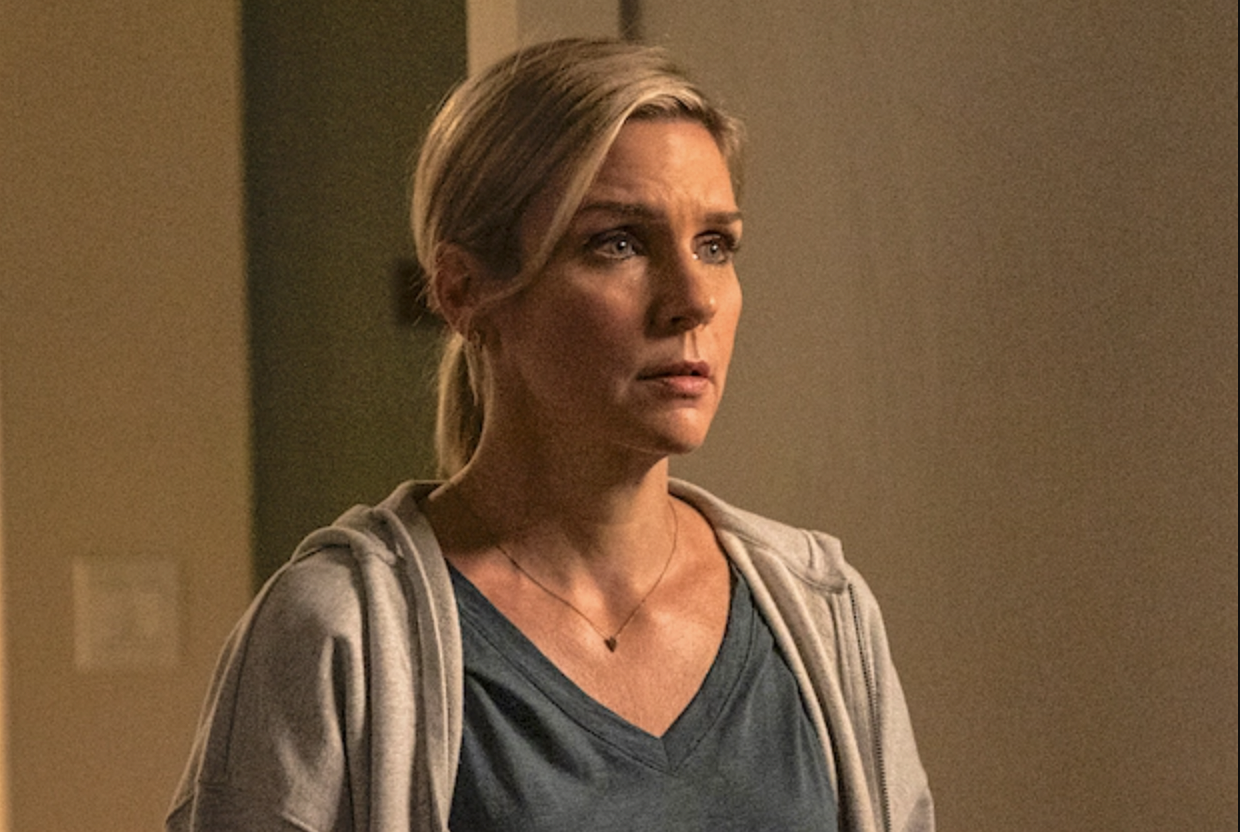
The emphasis on "dangerous rituals" and "sacrifices" performed on the island, as well as referring to the Deep One-esque water dwellers as "slaves" serving their "masters," also felt like it was conforming to potentially harmful stereotypes, even though these are also common plot points in Lovecraftian stories. He was the only member of the expedition not to leave behind many notes for Norah to read - possibly because he could not write or read English, which isn't a great look. This really felt like the game, whether intentionally or not, was reducing native characters to stereotypes, only there to give out cryptic warnings and tell spooky stories about the island's past. He was superstitious, didn't like the island, carved a lot of amulets.and that was all.

I also didn't like the decision to include only a single important Polynesian character - the aforementioned native guide, Teaharoa - and to make him one of the quietest and least fleshed out members of Harry's expedition. I know that developer Out of the Blue worked with Tahitian academics on the game, so this lack was especially surprising and deeply felt. It made the island feel like just a set piece, despite its clearly established geographical location. The first two chapters did a great job, introducing Polynesian symbols as key puzzle elements, but then those elements were gradually sidelined in favor of eldritch / Lovecraftian imagery. The secret of Norah's old music box and the melody it plays is a central element of the game's mystery The Polynesian Problemīuilding on the previous point, while a big deal was made about the island being off the coast of Tahiti, I was disappointed by the lack of emphasis on Polynesian culture. They brought real emotional weight to these characters, and I especially loved the wistful way they spoke about their respective romantic partners. I do want to praise Cissy Jones and Yuri Lowenthal, who provided the voices of Norah and Harry respectively. I would love to have seen more of the story from their perspective, especially as the expedition's diversity seemed a conscious effort to combat the racism found in Lovecraft's works and sometimes appearing even in more modern adaptations featuring his themes and characters. I especially feel this way because Harry's expedition was quite diverse for the time period, including a female journalist, a black engineer, and a native Polynesian guide. I would have loved some cutscenes or even playable sequences featuring the original team members.

While I understand and respect the storytelling decision to have Norah learn about the expedition from what was left behind, I did find myself wanting to see more of them. I became genuinely sad as I progressed through the game and learned that they had died one by one, all in terrible ways related to the island's secret. Although they were not physically present for most of the game, I loved how the scattered notes, memos, and photos left behind established their personalities and relationships. I found myself much more interested in Harry and the members of his expedition. It was not until later chapters that Norah began to show off the self-reliance and adventurous spirit which she had been advertised to possess.

While she was clever and eager for adventure, I felt that so much of the early plot featured her simply following in the footsteps of Harry and his expedition, completing the exact same puzzles and re-creating the exact same effects. Norah was initially presented in a very appealing way - as a "quick-witted adventuress protagonist in a 1930s setting," but you did not actually see very much of that in the game's first few chapters. However, after completing the game, I realized that it was more of a pacing issue than an actual problem of characterization.

I came away with a much more mixed impression of Call of the Sea's cast of characters - at least at first. Even the sinister undersea setting of Norah's frequent recurring nightmares (and, eventually, the later chapters of the game) was stunning to observe and rich with life! The depth of Norah's feelings for Harry come across in her every voiced line and gesture The Question of Character I thoroughly enjoyed looking at Call of the Sea throughout each and every chapter of the game. Even when later chapters, set on mountains or in caves, lost some of the color of the earlier jungle levels, they still kept flashes of brightness in the form of bright blue and gold murals and coded messages. Its bright, cheery color palette stands in distinct contrast to the dark, gloomy aesthetic which many other games featuring horror and Lovecraftian elements tend to sport. Call of the Sea is consistently pretty to look at.


 0 kommentar(er)
0 kommentar(er)
